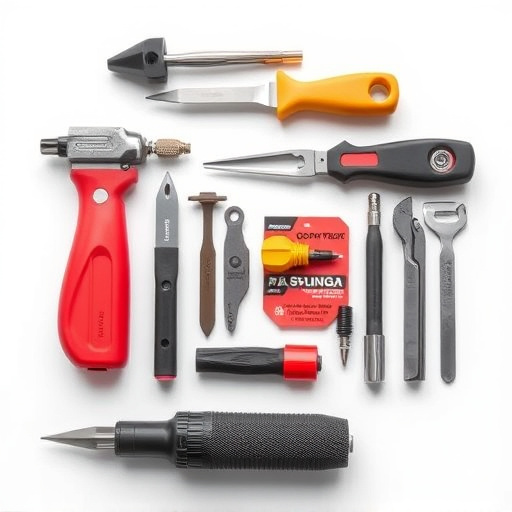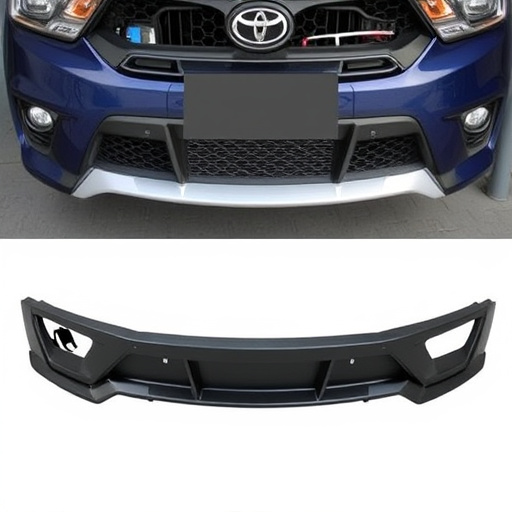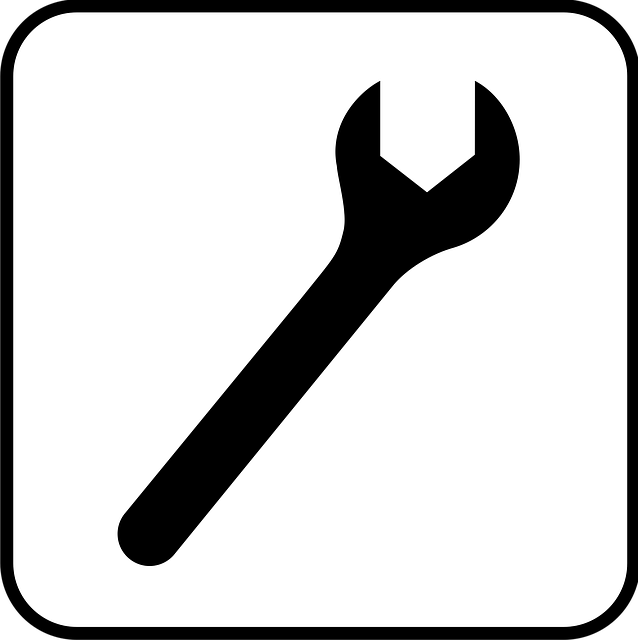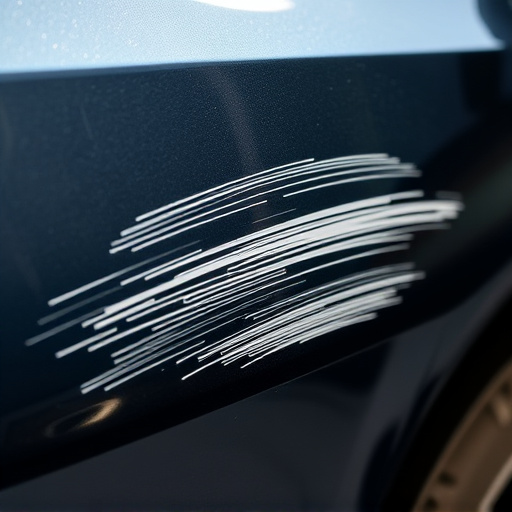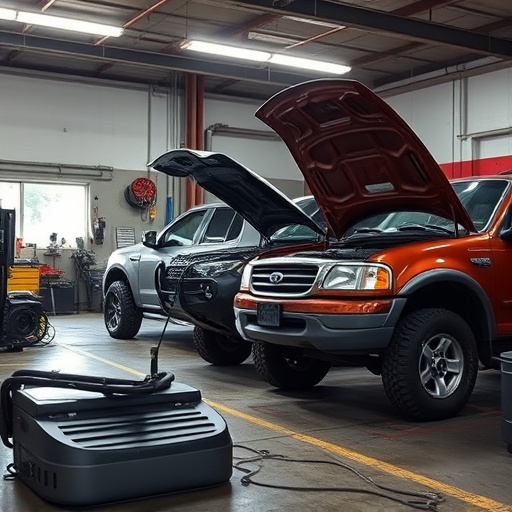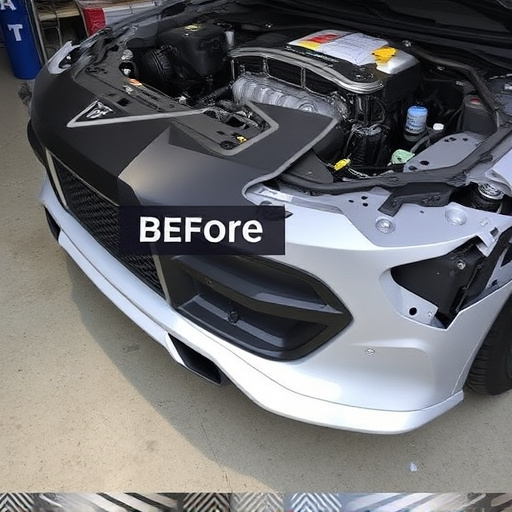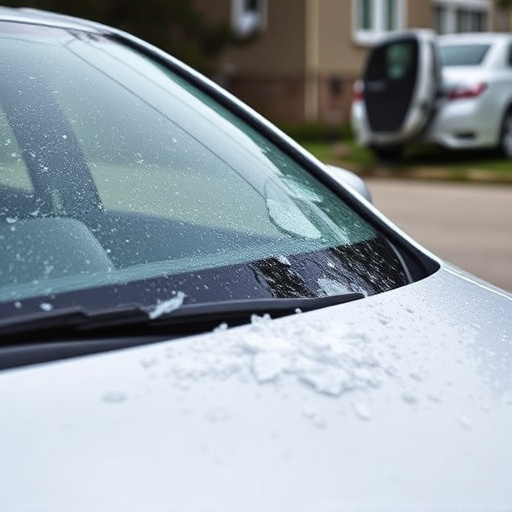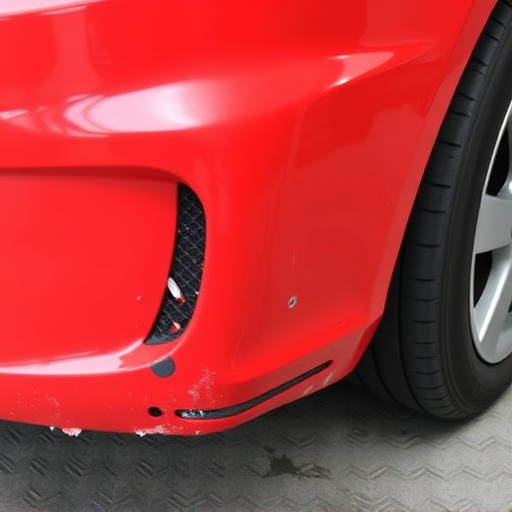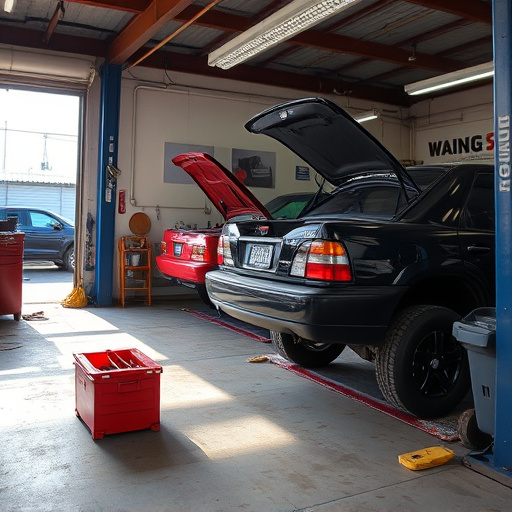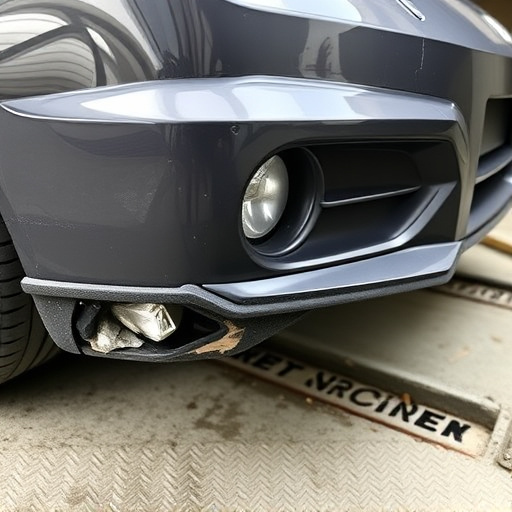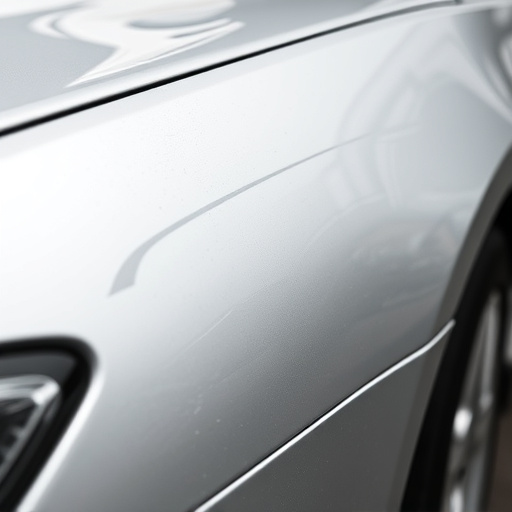Mercedes carbon fiber trim is susceptible to damage but can be repaired effectively. Assess damage, clean and dry area, use composite filler for cracks/chips, sand gently, then blend with proper tools for seamless finish. Skilled restoration experts and right tools ensure long-lasting, professional repairs matching original aesthetics, ideal for fleet or personal cars.
Mercedes owners often pride themselves on maintaining their cars’ sleek, premium aesthetic. When it comes to carbon fiber panels, spot repair is a valuable skill to have for keeping that pristine look. This guide tackles the topic of Mercedes carbon fiber trim repair, offering insights into understanding damage, gathering necessary tools, and a detailed step-by-step restoration process. Whether you’re an experienced DIYer or a Mercedes enthusiast looking to refresh their vehicle’s interior, these tips ensure expert-level Mercedes carbon fiber trim repair.
- Understanding Mercedes Carbon Fiber Trim Damage
- Essential Tools and Materials for Spot Repair
- Step-by-Step Guide to Effective Carbon Fiber Restoration
Understanding Mercedes Carbon Fiber Trim Damage

Mercedes carbon fiber trim is renowned for its sleek, modern aesthetic, but it’s susceptible to damage from impacts and scratches. Understanding the nature of this damage is key to effective spot repair. Carbon fiber damage often presents as small dents, cracks, or chips in the surface, which can range from superficial to more severe. These issues can be caused by minor accidents, stone chips, or even everyday objects making contact with the panel. Unlike traditional metal body panels, carbon fiber’s fibrous structure makes it vulnerable to these types of injuries, leading to unique challenges when conducting repairs.
Proper identification of the damage extent is crucial before beginning any Mercedes carbon fiber trim repair. While some minor dents and scratches can be addressed using specialized dent removal techniques and composite filling compounds, deeper cracks or delaminated areas may require more advanced auto body repair services, including possible replacement of the affected panel. Car restoration experts skilled in working with carbon fiber are best equipped to assess and accurately diagnose the damage for effective and long-lasting repairs.
Essential Tools and Materials for Spot Repair
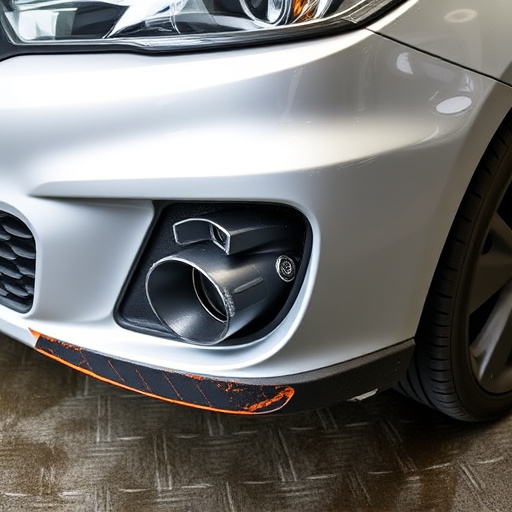
For effective spot repair of Mercedes carbon fiber panels, having the right tools and materials is paramount. Essential items include a high-quality dent puller designed specifically for carbon fiber, which allows for precise removal of damaged areas without causing further harm to the intricate surface. A set of various-sized putty knives is crucial for shaping and applying filler, ensuring a seamless blend with the existing panel.
Additionally, a reliable auto body filler or epoxy resin tailored for carbon fiber repairs is indispensable. Sandpaper with progressively finer grits facilitates smoothening and blending once the filler has hardened. Also, consider a detailer’s cloth and a high-quality clear coat to achieve a professional finish that matches the car’s original aesthetics, enhancing the overall appeal of Mercedes carbon fiber trim repair and going beyond simple car dent removal to restore fleet vehicles or personal cars to their pristine condition.
Step-by-Step Guide to Effective Carbon Fiber Restoration

Repairing Mercedes carbon fiber panels involves a meticulous process that can bring damaged trim back to its original state. Here’s a step-by-step guide for effective carbon fiber restoration:
1. Preparation: Begin by thoroughly cleaning the damaged area using a specialized cleaner designed for carbon fiber. Remove any debris, dust, or contaminants. Dry the panel completely before proceeding. This ensures that the repair materials adhere properly.
2. Repair and Filling: If there are cracks or chips, use a high-quality carbon fiber composite filler to patch them. Apply an even layer, pressing it firmly into the damaged areas. Allow the filler to set according to the manufacturer’s instructions. Once cured, gently sand the surface to ensure a smooth finish. A light touch is crucial to avoid marring the carbon fiber’s natural weave.
When it comes to repairing damaged Mercedes carbon fiber panels, understanding the material’s unique properties and using the right tools are key. By following these tips, you can effectively restore your Mercedes’ sleek and sophisticated appearance. With a bit of patience and the right techniques, you’ll achieve professional-level results in no time, ensuring your vehicle stands out as an exquisite example of automotive craftsmanship.
